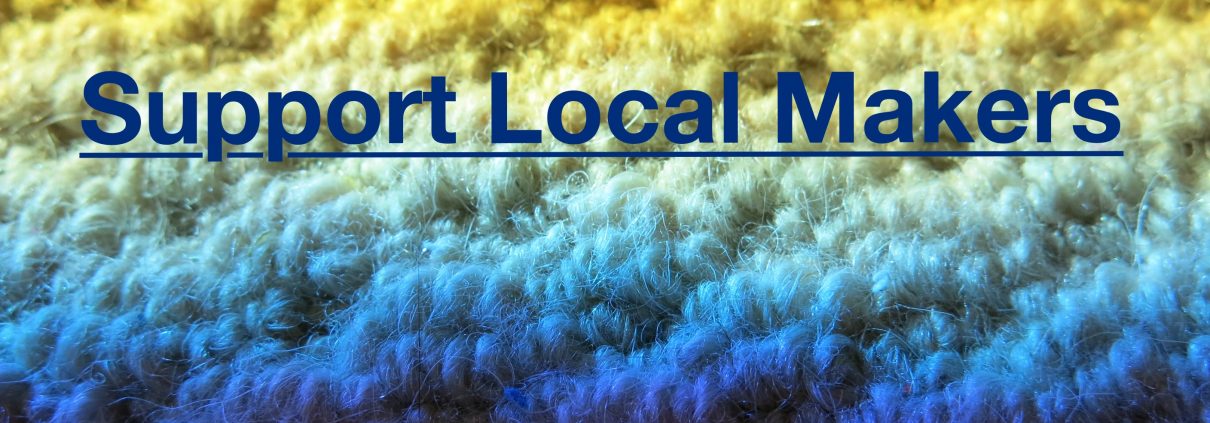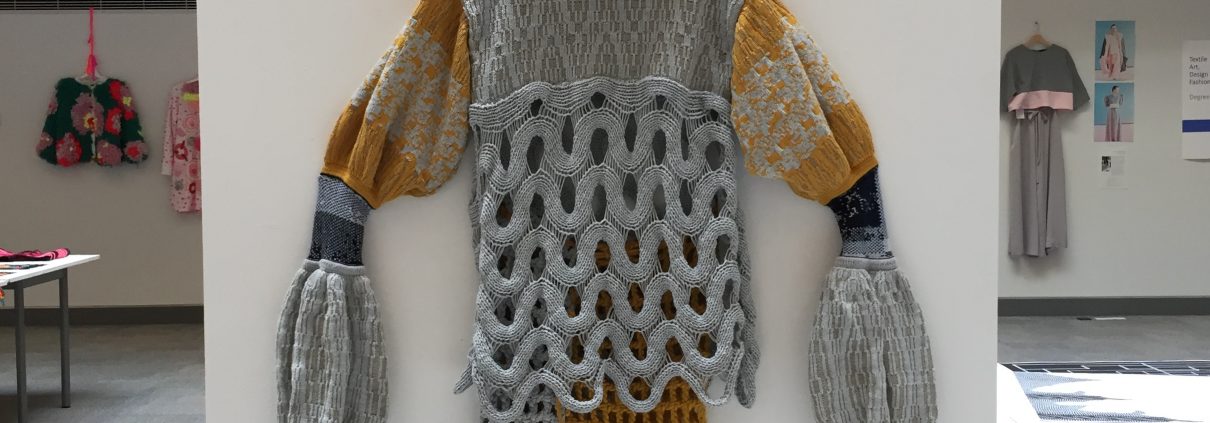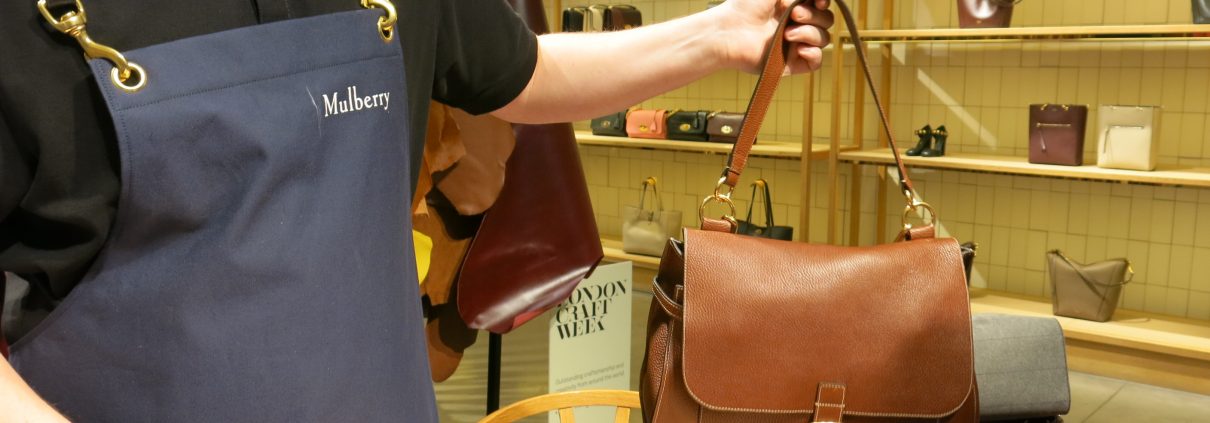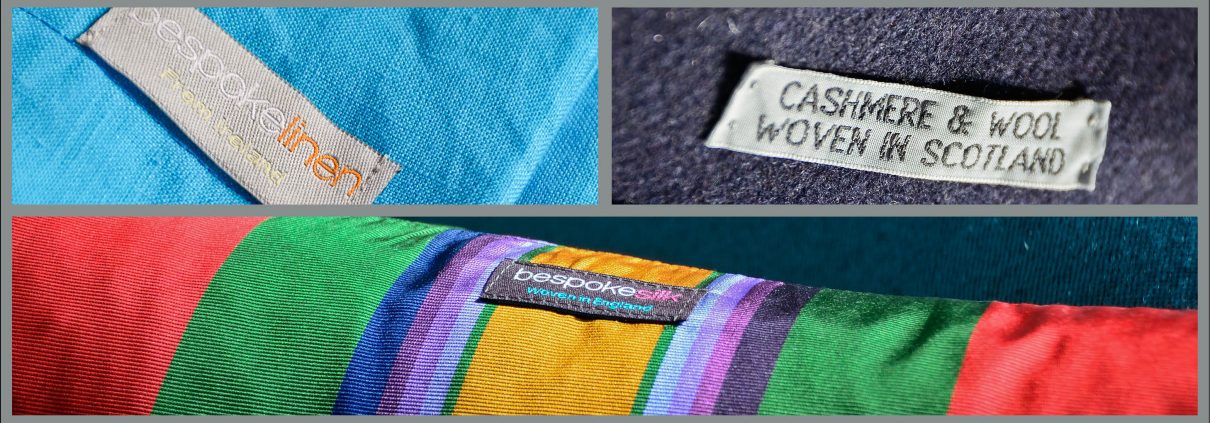Transparency In The Supply Chain
Pouring a glass of clean drinkable water from our taps is something many of us take for granted, yet few contemplate that this simple commodity is not readily available to all.
In many countries there is little control on effluent material entering water courses, rivers and the water table all of which directly supply communities who rely on it for drinking, supporting their animals and crops, affecting human health both at source and through the food chain.
The continual drive for cheaper manufacture and low cost production has created jobs for many, but at what cost?
There is something terribly wrong if we support the unregulated use and production of chemicals during a process that sees cheap clothing and goods on our shelves, whilst ironically putting both the workforce and wider population at risk of using their meagre wages to pay for health care.
Transparency through the manufacturing chain has started to take root and is used by ethical companies who feel the responsibility of the business they run.
What is difficult for the consumer to comprehend is that every item in a garment used in its manufacture can come from all corners of the globe and have passed through many hands, before it hits the high street or luxury store. Tracking all aspects of the supply chain and ensuring that the stringent and transparent processes are adhered to, must become the responsibility of all from producer, to retailer and consumer.
Education is indeed key, if the consumer is willing to listen. Much work is already being done on this behind the scenes and I expect there are not many who can categorically say all their suppliers are fully compliant.
Linking the parts to make a product can be compared to a chain and as a consumer I want to know how many links there are and where they all come from.
Those brands who successfully manufacture all their products and can trace the ingredients back are in a strong position. Documenting the journey of the product manufacture and being able to tell it’s story has already become a regular selling tool and has huge potential for the future as consumers become more conscious of the products they purchase and use.








